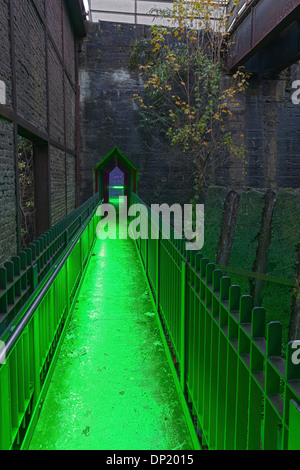
Springer Spektrum, Berlin, Heidelbergīrun A (2015) The “renaturation” of urban rivers: the case of the St Charles River in Quebec. Funktion, Management, Entwicklung (Urban ecosystems. īreuste J, Pauleit S, Haase D, Sauerwein M (2016) Stadtökosysteme. J Urban Plan Dev 141(3):A5014005īreuste J, Rahimi A (2015) Many public urban parks but who profits from them?-the example of Tabriz, Iran. Wiley-Blackwell, Oxford, pp 463–475īreuste J, Artmann M (2015) Allotment gardens contribute to urban ecosystem service: case study Salzburg, Austria. In: Müller N, Werner P, Kelcey J (eds) Urban biodiversity and design-implementing the convention on biological diversity in towns and cities. Naturschutz und Landschaftsplanung 26(6):214–220īreuste J (2010) Allotment gardens as a part of urban green infrastructure: actual trends and perspectives in Central Europe. Routledge, London, New Yorkīreuste J (1994) “Urbanisierung” des Naturschutzgedankens: Diskussion von gegenwärtigen Problemen des Stadtnaturschutzes (“Urbanization” of nature conservation idea: Discussion of contemporary problems of nature conservation). Ecol Econ 86:224–234īell S, Fox-Kämpfer R, Keshavarz N, Benson M, Caputo S, Noori S, Voigt A (eds) (2016) Urban allotment gardens in Europe. Landsc Urban Plan 83:187–195īarthel S, Isendahl C (2013) Urban gardens, agriculture, and water management: sources of resilience for long-term food security in cities. īarbosa O, Tratalos JA, Armsworth PR, Davies RG, Fuller RA, Johnson P, Gaston KJ (2007) Who benefits from access to green space? A case study from Sheffield, UK.

Accessed Īrtmann M, Sartison K (2018) The role of urban agriculture as a nature-based solution: a review for developing a systemic assessment framework. …/1417-erste-schritte-wie-baue-ich-einen-interkulturellen-gemeinschaftsgarten-auf. American Society of Agronomy, MadisonĪnstiftung (ed) (2018) Offene Werkstätten, Reparatur-Initiativen, Interkulturelle und Urbane Gemeinschaftsgärten (Open workshops, repair initiatives, intercultural and urban community gardens). On both public and private land (street trees, trees in parks, private gardensĪitkenhead-Peterson J, Volder A (2010) Urban ecosystem ecology. It includes woods and woodlands as well as all trees Urban forest refers to the entirety of urban tree stock, irrespective of ownership and is considered a resource and provider of ecosystem services benefitting the city residents. , utilization forms, locations, and embedding into urban forms. These urban nature types have specific structure, design, management Each type of nature provides specific urban ecosystem services as benefitsįor urban residents. , agricultural land, wetlands, and new urban wildernesses contribute to urban nature. It focuses on the particular features of urban nature (fauna, flora, and vegetation) and distinguishes between four different “types of nature” based on the degree of anthropomorphic influence that the landscape has experienced. The “four natures approach” is a simple method for presenting urban nature in a clear and concise manner. Due to the broad spectrum of human activity, the urban environment offers a range of habitatsįor different species. This is partially due to the particular ecological conditions provided by the urban environment. This article will explore the ways in which residential architecture and dwellings in the Philippines have since evolved from its initial, humble designs, to the towering structures we see today.Is notably diverse and species-rich. As a result, the Philippines has become an architectural melting pot. Its architectural landscape is a contrast between small traditional huts towering Spanish colonial fortifications American Commonwealth architecture and today’s contemporary, concrete structures of the cities. The current Philippine architecture is an outcome of authentic growth that has enriched the reception of its influences. Philippine architecture has grown along with the progress of the nation and its people, but memories of a glorious past are still embedded within the nation’s history.

The history and culture of the Philippines are reflected in its architectural heritage, with numerous influences from other nations paving the way for the contemporary designs we see today, a mixité of cultural influences amongst Western-style buildings. Sustainability and Performance in Architecture The Future of Architectural Visualization


 0 kommentar(er)
0 kommentar(er)
